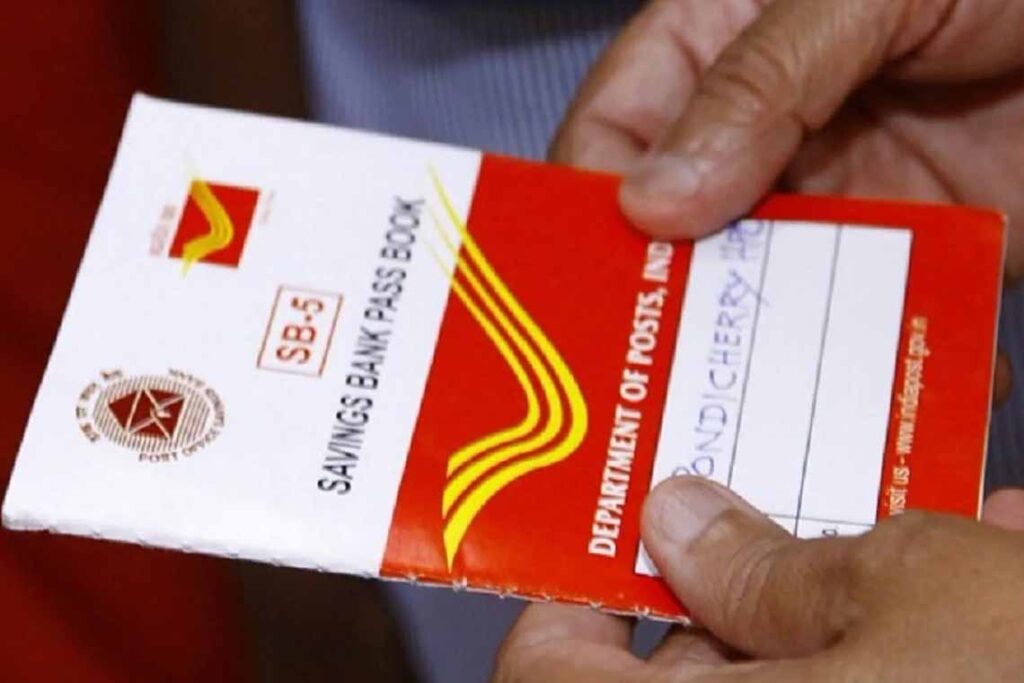Gratuity is a payment made by the employer to an employee in appreciation of the past services rendered by the employee. Gratuity can either be received by:
- the employee himself at the time of his retirement; or
- the legal heir on the event of the death of the employee.
Gratuity received by an employee on his retirement is taxable under the head “Salary” whereas gratuity received by the legal heir of the deceased employee shall be taxable under the head “Income from other sources”. However, in both the above cases, according to section 10(10) gratuity is exempt upto a certain limit. Therefore, in case gratuity is received by employee, salary would include only that part of the gratuity which is not exempt under section 10(10).
A. Death-cum-retirement gratuity received by Government Employee [Section 10(10)(i)]
Gratuity received by government employees (Central/State/Local Authority) is fully exempt from tax under Section 10(10)(i)
B. Gratuity Received by a Non-Government Employee [Section 10(10)(ii)]
- For employees covered under the Payment of Gratuity Act, 1972:
- The least of the following is exempt:
- 15 days’ salary (based on last drawn salary) for each completed year of service or part thereof in excess of 6 months.
- ₹20,00,000 (maximum limit as per the Act).
- Actual gratuity received.
- For employees not covered under the Payment of Gratuity Act, 1972:
- The least of the following is exempt:
- Half month’s salary (based on average salary of the last 10 months) for each completed year of service.
- ₹20,00,000 (maximum limit as per the Act).
- Actual gratuity received.
- The least of the following is exempt:
- The least of the following is exempt:
| 1. Salary Calculation:
o Salary includes basic salary, dearness allowance (if part of retirement benefits), and commission (if based on a fixed percentage of turnover). o It does not include allowances, perquisites, or bonuses. 2. Maximum Exemption Limit: o The maximum exemption limit for gratuity is ₹20,00,000 (as per the Finance Act, 2023). Any amount exceeding this limit is taxable. 3. Taxability of Excess Amount: o Any gratuity amount exceeding the exempted limit is taxable under the head “Income from Salaries”. 4. Calculation of Completed Years of Service: o If an employee has worked for more than 6 months in a year, it is considered a completed year of service. For example, 5 years and 7 months will be rounded off to 6 years. |
C. Example Calculation:
Case 1: Employee Covered Under the Payment of Gratuity Act, 1972
- Last drawn salary (Basic + DA): ₹1,00,000 per month
- Years of service: 20 years
- Gratuity received: ₹25,00,000
Exemption Calculation:
- 15 days’ salary for each completed year: (15/26) × ₹1,00,000 × 20 = ₹11,53,846
- Maximum exemption limit: ₹20,00,000
- Actual gratuity received: ₹25,00,000
Exempted amount: Least of the above = ₹11,53,846
Taxable gratuity: ₹25,00,000 – ₹11,53,846 = ₹13,46,154
Case 2: Employee Not Covered Under the Payment of Gratuity Act, 1972
- Average salary of last 10 months: ₹80,000 per month
- Years of service: 25 years
- Gratuity received: ₹30,00,000
Exemption Calculation:
- Half month’s salary for each completed year: (1/2) × ₹80,000 × 25 = ₹10,00,000
- Maximum exemption limit: ₹20,00,000
- Actual gratuity received: ₹30,00,000
Exempted amount: Least of the above = ₹10,00,000
Taxable gratuity: ₹30,00,000 – ₹10,00,000 = ₹20,00,000











